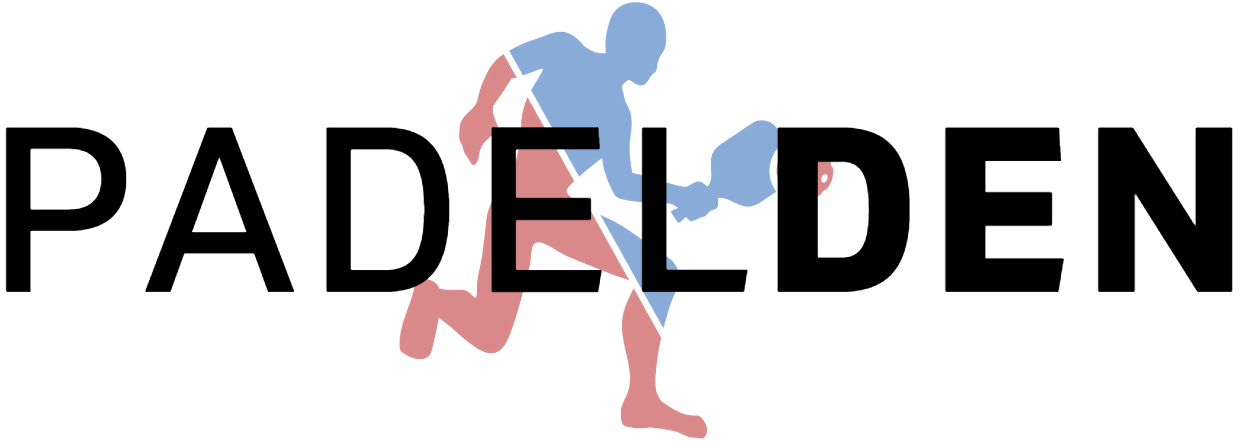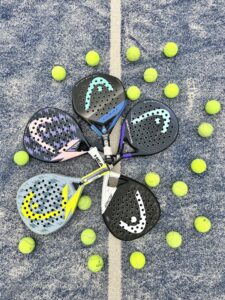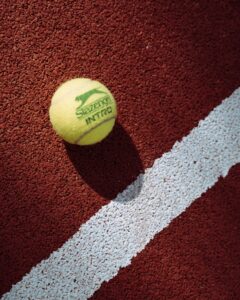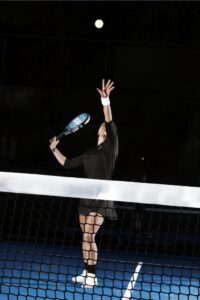A Closer Look at the Anatomy of a Padel Tennis Court Layout
3 min read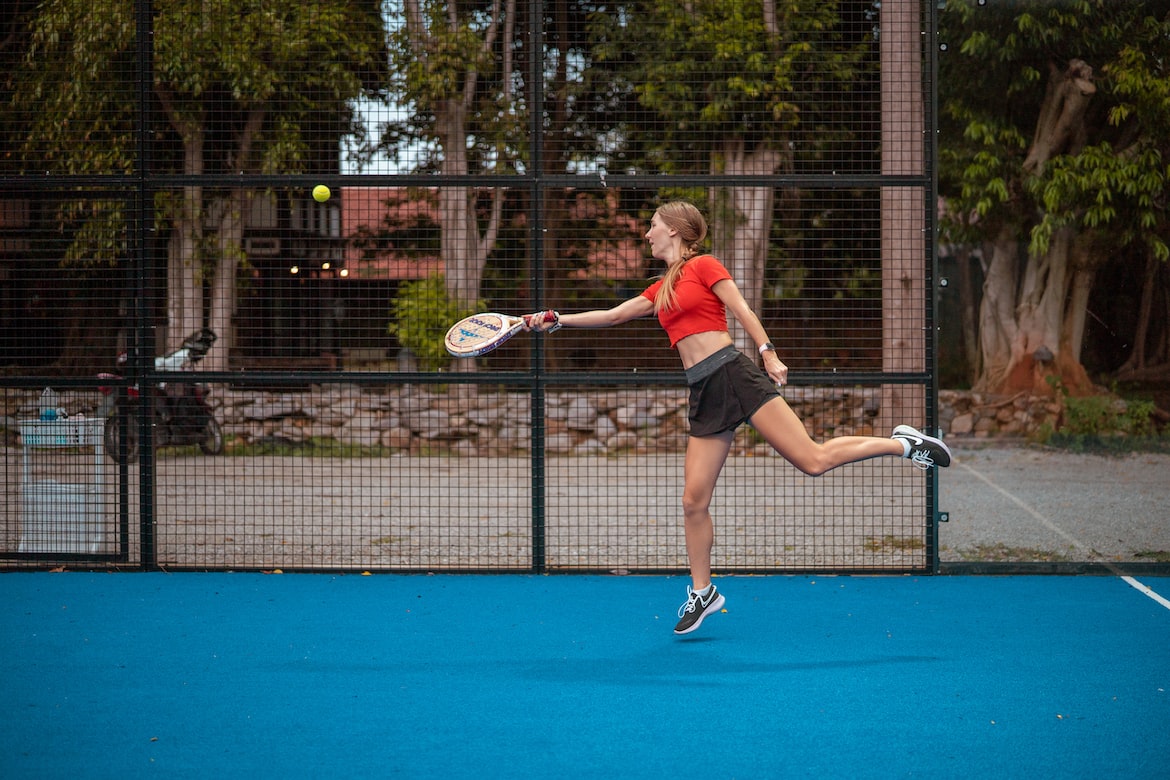
A Closer Look at the Anatomy of a Padel Tennis Court Layout
Padel tennis has gained massive popularity in recent years, attracting millions of players worldwide. It’s a great sport that’s loved by people of all ages and skill levels. The sport has been called a unique blend of tennis and squash, and it’s played on a small court enclosed by walls on all sides. The Padel tennis court layout has a lot of features that make it shine, and in this article, we’ll take a closer look at them.
The Basics of a Padel Tennis Court Layout
The Padel tennis court layout is rectangular in shape, 10 metres wide and 20 metres long. The court is divided by a net, and each half of the court is further divided into two service boxes, making a total of four service boxes. The distance from the net to the service line is 6.95 metres, and the distance from the service line to the back wall is 3.05 metres. The walls surrounding the court are normally made of glass panels and are about four metres high. These panels allow for a good view of the game from any angle, promoting spectator-friendly viewing.
The Padel Tennis Net
The net used in Padel tennis is shorter than that used in traditional tennis, standing at a height of only 88 cm. This height ensures that players can hit the ball over the net while also making it slightly easier for less experienced players to clear the net comfortably.
The Service Boxes
The service boxes stand at the centre of the court, with a distance of 0.5 metres between them. They are located at the front of each half of the court, opposite each other, and are the areas within which players serve the game. The space between the service line and the net is the no-volley zone, and players are not allowed to step inside this area before playing a shot.
The Walls
The walls surrounding the court are unique features of Padel tennis, making the game more interactive and challenging. The walls allow players to use them to their advantage as they can play shots with more precision and angles, which makes the game exciting. Players can hit the ball off the walls as many times as they want, but the ball can only bounce once on the court.
The Playing Surface
The Padel tennis court layout has a specific playing surface, which can be either artificial turf, clay, or acrylic coating. In most cases, the surface used depends on climate and resources available. For outdoor Padel tennis courts, the surface is usually an artificial turf or hard coating to withstand the weather, while indoor courts can have a more delicate surface such as clay. The type of surface affects the ball’s speed and bounce, making each game unique and challenging.
In Conclusion
The Padel tennis court layout is an essential aspect of the sport, and it’s important to understand its anatomy to play the game well. The net, walls, service boxes, and playing surface are all key elements that make Padel tennis an exciting and thrilling sport. Whether you’re a beginner or a seasoned pro, knowing the anatomy of the Padel tennis court layout will help you play your game confidently and become a better player overall. So, if you have the opportunity to try Padel tennis, go for it! You won’t regret it.
